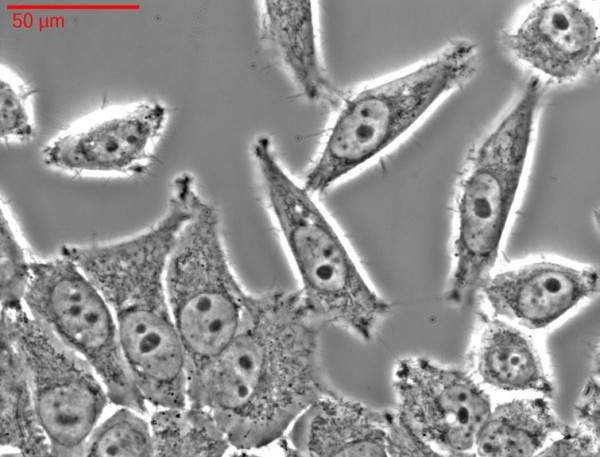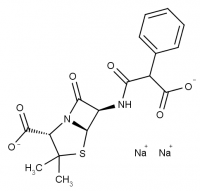65 years ago the first immortalized cell line, today known as HeLa, was established.
Origin of the Cells
In January 1951 30 year old Henrietta Lacks was diagnosed with cervical cancer and on February 8, 1951, a biopsy of the tumor was taken. George Otto Gey, an American biologist, received tissue samples of Ms. Lacks’ carcinoma and discovered an unusual property of the cancer cells: In contrast to normal cells Henrietta Lacks’ adenocarcinoma cells propagated rapidly in culture and showed no sign of cellular senescence.
Establishment of HeLa Cell Line
Gey recognized the implications of his discovery and donated the cells, and the protocols and tools he had developed to any interested researcher. The outcome was (and is) remarkable: In 1953 the first cell culture factory was established to satisfy the ever increasing demand. In 1954 Jonas Salk developed and tested the first polio vaccine with HeLa cells and in 1955 researchers at the University of Colorado, Denver successfully cloned HeLa cells. The first time this has been done with human cells.
HeLa Cell Line Controversy
Despite the impressive track record, the story of the establishment of HeLa cell line is still a controversial topic. Henrietta Lacks was never informed about the harvesting of her cancer cells and her family was told only decades later. This was and is perfectly legal but it was shocking nevertheless to the astonished relatives. The issue has not yet been fully resolved as an incident in 2013 spectacularly demonstrated. The publication of the fully sequenced HeLa genome was put temporally on hold due to privacy concerns raised by Lacks’ descendants.
Impact on Science
The importance of HeLa cells and their scientific impact cannot be underestimated as author Rebecca Skloot described vividly in 2010:
"more than 60,000 scientific articles had been published about research done on HeLa, and that number was increasing steadily at a rate of more than 300 papers each month.”
HeLa paved the way for many other immortalized cell lines and scientific history would be dramatically different without the unknowing sacrifice of Henrietta Lacks. In order to help you further expand the already astounding research related track record of immortalized cell lines Biomol offers a variety of Cell Culture Media, Antibiotics and Cell Lines.
Literature
 For further reading we recommend the book The Immortal Life of Henrietta Lacks (2010) by American author Rebecca Skloot.
For further reading we recommend the book The Immortal Life of Henrietta Lacks (2010) by American author Rebecca Skloot.
"The Immortal Life of Henrietta Lacks tells a riveting story of the collision between ethics, race, and medicine; of scientific discovery and faith healing; and of a daughter consumed with questions about the mother she never knew.", rebeccaskloot.com/the-immortal-life
Photo Credit
Fraunhofer-Institut für Biomedizinische Technik, St. Ingbert, Paul Anastasiadis, Eike Weiß, distributed under a CC-BY-SA 3.0 license.











